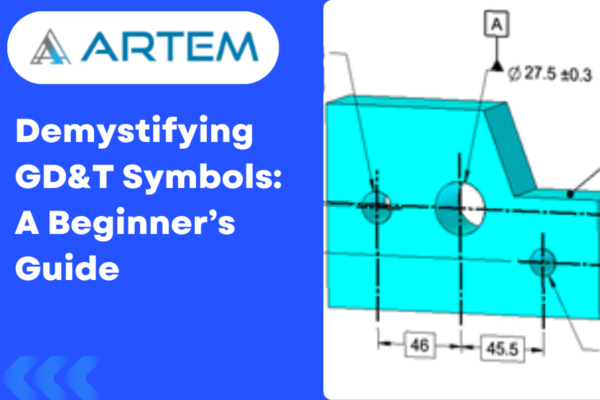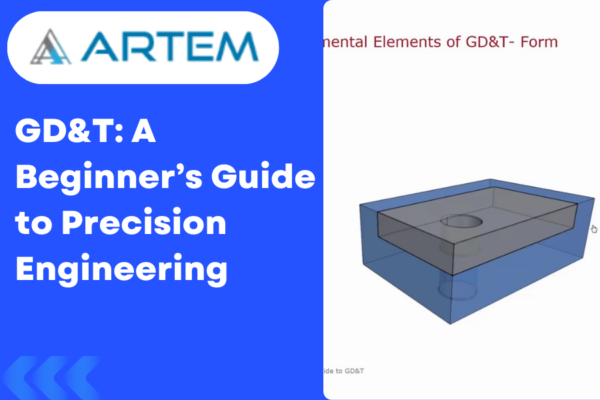Mastering GD&T Inspection: Precision Techniques for Manufacturing Excellence
In the complex landscape of manufacturing, where precision is paramount, Geometric Dimensioning and Tolerancing (GD&T) stands as the guiding language ensuring the utmost accuracy in design and production. However, ensuring that GD&T requirements are met demands meticulous inspection techniques. In this blog, we will delve into various inspection methods and tools employed to verify GD&T specifications in the manufacturing process.
- Traditional Measurement Tools
Calipers:
- Description: Calipers are versatile tools used to measure dimensions such as length, width, and height. Digital calipers offer high precision.
- Application to GD&T: Calipers are essential for measuring basic dimensions specified in GD&T, ensuring that physical measurements align with design requirements.
Micrometers:
- Description: Micrometers provide highly accurate measurements for dimensions that require extreme precision.
- Application to GD&T: Micrometers are ideal for verifying critical dimensions like hole diameters, ensuring compliance with specified tolerances.
Height Gauges:
- Description: Height gauges measure vertical dimensions and are especially useful for checking the height of features.
- Application to GD&T: Height gauges play a crucial role in inspecting features with specific height requirements, ensuring conformity to GD&T standards.
- Coordinate Measuring Machines (CMMs)
Overview:
- Description: CMMs use a probing system to measure the coordinates of points on an object’s surface.
- Application to GD&T: CMMs are highly effective for inspecting complex geometries and verifying dimensional and positional tolerances specified by GD&T.
Portable CMMs:
- Description: Portable CMMs bring flexibility to the inspection process, allowing measurements to be taken directly on the shop floor.
- Application to GD&T: Portable CMMs enable on-the-spot inspections, ensuring that parts meet GD&T requirements immediately after manufacturing.
- Optical Inspection Systems
Vision Systems:
- Description: Vision systems use cameras and software to capture and analyze images of a part.
- Application to GD&T: Vision systems are adept at inspecting features with visual requirements, ensuring that shapes, positions, and orientations align with GD&T specifications.
Laser Scanning:
- Description: Laser scanning creates a detailed 3D representation of a part’s surface.
- Application to GD&T: Laser scanning is valuable for inspecting freeform surfaces and complex shapes, ensuring compliance with GD&T requirements.
- Gauge R&R Studies
Overview:
- Description: Gauge Repeatability and Reproducibility (Gauge R&R) studies assess the reliability and consistency of measurement systems.
- Application to GD&T: Gauge R&R studies ensure that the measurement tools used in the inspection process are reliable and provide consistent results.
Conclusion: The Dance of Precision and Verification
In the realm of manufacturing, GD&T sets the stage for precision, and inspection techniques are the dance partners ensuring that every move aligns with the choreography of the design. Whether using traditional measurement tools, advanced CMMs, optical inspection systems, or conducting Gauge R&R studies, manufacturers employ a combination of techniques to verify that GD&T requirements are met. The result is a symphony of quality, where every manufactured part harmonizes with the exacting standards of precision set by GD&T. As the dance continues, the manufacturing world moves forward with confidence in the integrity and accuracy of its products.


